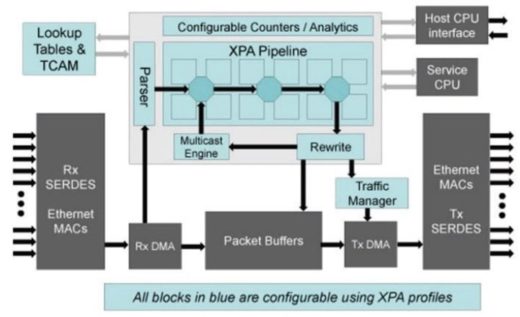Article Roundup: Effective Vehicle E/E System Verification, Taming Debug, Software Defined Networking & Power Saving for Embedded Systems
- Achieving Effective Verification and Validation of Vehicle E/E Systems
- Achieving Effective Verification and Validation Of Vehicle E/E Systems – Part 2
- Can Debug Be Tamed?
- Verifying Software Defined Networking
- Power Saving Modes for Embedded Systems
Achieving Effective Verification and Validation of Vehicle E/E Systems
Embedded Computing Design
 Cars are more electronic than ever, driving a swift escalation in the software and hardware complexity of the electrical and electronic systems inside a vehicle. At the same time, the automotive industry is adopting increasingly stringent safety and reliability standards to prepare for higher levels of automation in vehicles. In this climate, effective verification and validation of vehicle systems is becoming a primary concern of automakers.
Cars are more electronic than ever, driving a swift escalation in the software and hardware complexity of the electrical and electronic systems inside a vehicle. At the same time, the automotive industry is adopting increasingly stringent safety and reliability standards to prepare for higher levels of automation in vehicles. In this climate, effective verification and validation of vehicle systems is becoming a primary concern of automakers.
Achieving Effective Verification and Validation Of Vehicle E/E Systems – Part 2
Embedded Computing Design
To contend with growing complexity, verification and validation tools have advanced to support ‘X’-in-the-loop verification. This creates a digital twin of the system that can execute software and connect with environment models and tests. This digital twin, however, needs to have scalable fidelity to accommodate a series of abstraction levels, from system-in-the-loop down to hardware-in-the-loop.
Can Debug Be Tamed?
SemiEngineering
 IC and ASIC verification engineers spend more time performing debug than any other task in the chip verification process. Debug’s domination over engineers’ time is growing as complexity and reliability demands increase. This article examines new solutions that aim to use machine learning and artificial intelligence to regain control of debug.
IC and ASIC verification engineers spend more time performing debug than any other task in the chip verification process. Debug’s domination over engineers’ time is growing as complexity and reliability demands increase. This article examines new solutions that aim to use machine learning and artificial intelligence to regain control of debug.
Verifying Software Defined Networking
SemiWiki
 Software defined networking (SDN) provides a greater degree of flexibility, even after shipping a product, compared to fixed logic approaches. SDN’s advantages are due to a set of configurable match action devices that can be updated and configured on the fly. Daniel Payne examines SDN, with a focus on associated verification challenges.
Software defined networking (SDN) provides a greater degree of flexibility, even after shipping a product, compared to fixed logic approaches. SDN’s advantages are due to a set of configurable match action devices that can be updated and configured on the fly. Daniel Payne examines SDN, with a focus on associated verification challenges.
Power Saving Modes for Embedded Systems
Embedded Computing Design
Power management is a growing concern among embedded developers trying to extend battery life for mobile devices and manage heat dissipation. Embedded software can implement three fundamental power saving procedures: dynamic voltage and frequency scaling, disable peripheral circuitry not in use, or employing the CPU’s low power modes. While CPU low power modes may seem like an obvious choice, their effectiveness can depend on the application. Colin Walls explains in this article.
